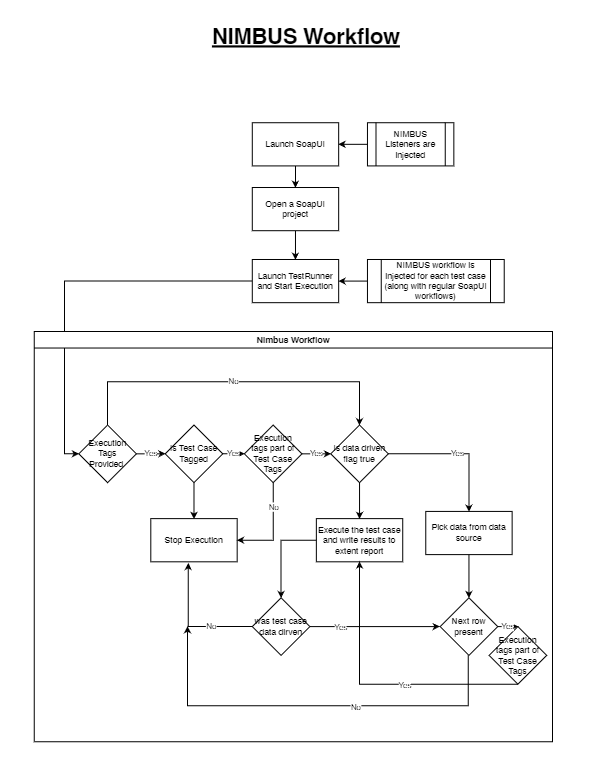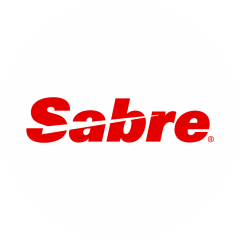The
NIMBUS journey started four years back, right after the Lodging team based in Bengaluru grew from a handful of team members to close to a 100.This team was tasked with building a next-generation lodging platform for shopping and booking hotel properties. This effort was tracked under the program named
PHOENIX and the platform itself later evolved into what is today known as
Content Services for Lodging (CSL).
As we all know, with growth comes the challenges of scalability. Even with Phoenix/CSL, we noticed that the processes that were working well with limited number of people started showing signs of strain. One such item was
automation testing.
With multiple teams working on this, many splinters of automation testing were created, and very soon each one of these started looking significantly different that the rest. That’s when we decided to build an automation framework that would bring in standardization across all aspects of automation. This includes faster automation (data driven testing, debug), ease of execution (test case tagging), smooth analysis (html reports) and post execution metrics (result analytics).
Why name it NIMBUS?
When we started this effort, we realized we were building something that can also be used outside the scope of the program (PHOENIX) we were working on then. We wanted to choose a name that would be closely associated with the program, irrespective of where it will be used in the future. PHOENIX, which is an immortal bird in Greek mythology, has always been associated with a halo around its head – called NIMBUS. That name seemed appropriate for the framework that we were creating.
Hurdles Along the Way
There are many ways to go about building a framework, but we wanted to achieve it in such a way that there is no dependency on the current project/component(s). Hence, we relied heavily on the extensions that
SoapUI provides called
Event Listeners.
The best thing about this approach is that the framework elements completely run in the background, making any existing project instantly realize few benefits of the framework, without any additional changes. To achieve this, we had to understand the ins and outs of the SoapUI workflow; the fact that SoapUI had an open-source version of the tool helped us tremendously.
Packaging this framework in a way that eliminates the need to do many manual steps to onboard new project(s), was another challenge. We went through multiple iterations over a period of three years, to arrive at the way NIMBUS is packaged currently, which makes it extremely easy to launch and use.
Key Features and Benefits
Some of the areas where NIMBUS helps add value is a s follows:
- Faster Automation: Data-driven testing, makes test automation faster by parametrising the tests, and feeding data sets from an excel sheet
- Ease of Execution: Tagging of test cases and choosing what to execute via run time parameters, allows great flexibility during execution, making it a great test framework for CI/CD integration
- Powerful Reports: NIMBUS creates simple and efficient HTML reports for every execution, without having to make any changes to existing SoapUI tests
- Results Storage: The tool exposes data storage capabilities of ‘Extent’ reports that paves the way for building analytics capabilities, and determining the effectiveness of test executions
NIMBUS Workflow

What is OSS?
Open-Source Software (OSS) is computer software that is released under a license in which the copyright holder grants users the rights to use, study, change, and distribute the software and its source code to anyone and for any purpose. It may be developed in a collaborative public manner. Open-source software is a great example of open collaboration; meaning any capable user is able to participate online in development, making the number of possible contributors indefinite. The ability to examine the code facilitates public trust in the software. Open-source software development can bring in diverse perspectives beyond those of a single company.
Standish Group is an independent international IT research advisory firm, known from their reports about free and open source among many others related to information system implementations. A 2008 report by this group stated that adoption of open-source software models has resulted in savings of about $60 billion per year for consumers and this numbers has grown significantly since then.
While Sabre uses a few open-source software in its products, Sabre also encourages its team members to contribute to the open-source community. Sabre has a
OSS GitHub channel through which all contributions are done. There are about 33 open-source software released by Sabre until now and
NIMBUS is the latest in that list and is first from Sabre Bengaluru.
Contributions
NIMBUS wouldn’t have been possible without the support from
LGS&A QA community, who have been instrumental in testing all its features and providing timely and valuable feedback. The
LGS&A Leadership Group have been our cheerleaders, offering their encouragement and support throughout this journey
You can find NIMBUS here – https://github.com/SabreOSS/nimbus
 What is OSS?
Open-Source Software (OSS) is computer software that is released under a license in which the copyright holder grants users the rights to use, study, change, and distribute the software and its source code to anyone and for any purpose. It may be developed in a collaborative public manner. Open-source software is a great example of open collaboration; meaning any capable user is able to participate online in development, making the number of possible contributors indefinite. The ability to examine the code facilitates public trust in the software. Open-source software development can bring in diverse perspectives beyond those of a single company.
Standish Group is an independent international IT research advisory firm, known from their reports about free and open source among many others related to information system implementations. A 2008 report by this group stated that adoption of open-source software models has resulted in savings of about $60 billion per year for consumers and this numbers has grown significantly since then.
While Sabre uses a few open-source software in its products, Sabre also encourages its team members to contribute to the open-source community. Sabre has a OSS GitHub channel through which all contributions are done. There are about 33 open-source software released by Sabre until now and NIMBUS is the latest in that list and is first from Sabre Bengaluru.
What is OSS?
Open-Source Software (OSS) is computer software that is released under a license in which the copyright holder grants users the rights to use, study, change, and distribute the software and its source code to anyone and for any purpose. It may be developed in a collaborative public manner. Open-source software is a great example of open collaboration; meaning any capable user is able to participate online in development, making the number of possible contributors indefinite. The ability to examine the code facilitates public trust in the software. Open-source software development can bring in diverse perspectives beyond those of a single company.
Standish Group is an independent international IT research advisory firm, known from their reports about free and open source among many others related to information system implementations. A 2008 report by this group stated that adoption of open-source software models has resulted in savings of about $60 billion per year for consumers and this numbers has grown significantly since then.
While Sabre uses a few open-source software in its products, Sabre also encourages its team members to contribute to the open-source community. Sabre has a OSS GitHub channel through which all contributions are done. There are about 33 open-source software released by Sabre until now and NIMBUS is the latest in that list and is first from Sabre Bengaluru.
